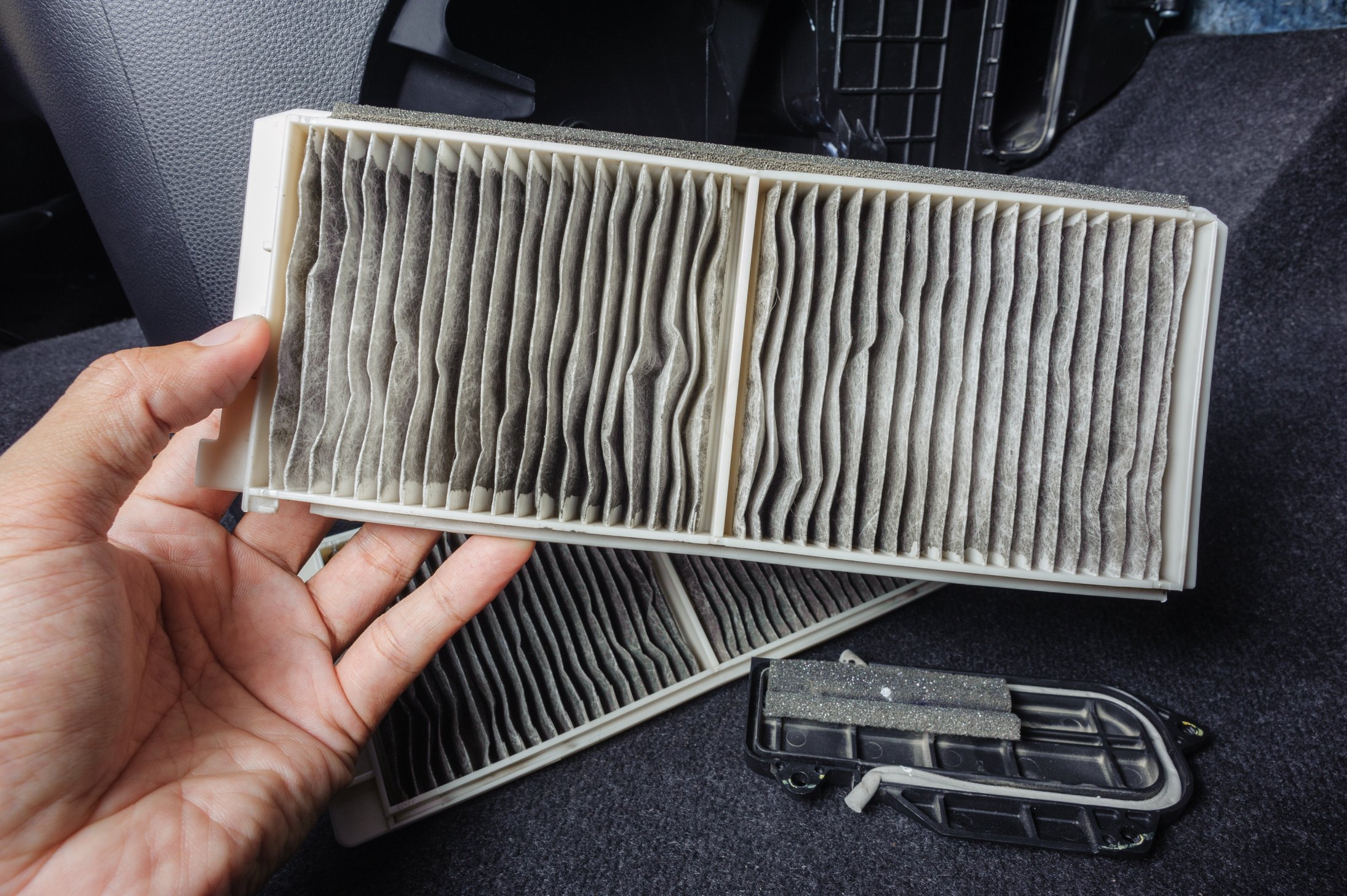
“It’s one of the most important relationships in your life,” says Sears Home Services. They’re not talking about your spouse. They mean your home appliances.
If your furnace has ever died during a winter storm, your clothes dryer caught fire or a burst appliance hose flooded your home, you know what they mean.
Some appliance failures are out of our control, but plenty of them are common, self-inflicted disasters. Here are some of the habits — or lack thereof — known to damage home appliances.
1. Ignoring manufacturer instructions

Appliances are increasingly complex, and manufacturers depend on purchasers to follow their use instructions. Ignore those, and you’ve got one foot firmly planted on the path to trouble.
Take appliance fires, for one example. While product defects, including poor manufacturing quality, wiring design and insulation, can cause fires, Realtor.com says, users need to do their part:
“Most people do not follow the recommended installation, use, and care of their appliances,” says Ken Canziani, IAAI-CFI, senior fire investigator at Unified Investigations & Sciences Inc. in Sacramento, CA. “Many issues or fires can be prevented if people are aware of and follow the manufacturer’s recommended guidelines.”
2. Letting dryer lint build up

More than half of consumers surveyed by Sears Home Services, the company’s repair service, confessed that they don’t empty lint from their dryer’s filter after each use.
But keeping the lint trap stuffed with a fluffy pile of combustible lint is courting disaster. Not only can you wreck your dryer, you can also set the house on fire.
“The leading cause of home clothes dryer fires is failure to clean them,” the National Fire Protection Association’s safety tips say.
Keep the dryer’s drum lint-free, too, and reach a lint-removing tool as far into the opening behind the lint screen as you can to pull out built-up lint. At least once yearly — more often if you can see it’s needed or if the dryer stops working well — clean lint out of your dryer’s vent pipe. Home Depot tells how.
3. Installing it yourself

Another way to screw things up: Install major appliances yourself.
You may be top-notch handy, but clothes dryers, for one, should be professionally installed and properly grounded, the National Fire Protection Association says.
4. Turning a blind eye to mold

Letting mold infest your front-loading washing machine is pretty easy. You may not even be to blame: Some machines may be inherently prone to mold, Consumer Reports finds. Still, preventing it is on you.
Sears Home Services’ tips and advice include:
- Washers: Leave the washer door and the detergent drawer, if the machine has one, open between uses so air can circulate inside. Don’t let wet laundry sit in the appliance, either.
- Refrigerators: Clean up spills promptly, and wipe the appliance with vinegar monthly.
- Dishwashers: Select the heat-dry option before use, and leave the door open for a bit after use.
5. Skipping the maintenance

Regular maintenance is key to getting a long life out of your appliances. Skip it, and parts wear out sooner and hoses crack and break. Your manual explains what to do, and when.
If you don’t have the time or the appetite, call a professional and schedule the work. It costs money, but probably a good bit less than fixing or replacing an appliance.
When Sears Home Services surveyed 1,000 homeowners, it heard admissions of neglect. Microwaves, freezers, garbage disposals and ovens get the least attention from their owners. Sinks and drains get the most regular love; even so, only 45% of owners regularly maintain them.
Most homeowners surveyed admitted that they maintain their appliances “only when something breaks.”
6. Overloading the dishwasher

Overloading the dishwasher is a common source of wear and tear on the machine, Sears Home Services says. The company finds that 27% of homeowners do it. Baby boomers are the biggest offenders.
Some internal parts have safety devices that prevent overheating, Mark Stoltzenburg, an instructor at the Midwest Technical Institute in Illinois and Missouri, tells Reader’s Digest. Overloading a dishwasher makes those devices work harder, which can make parts more likely to fail.
Caution: Keep candlestick holders out of dishwashers. “The hot wax embeds into every crevice and essentially destroys all components of the machine,” Consumer Reports says.
7. Forgetting about the filters

Ignoring buildup on your stove vent hood filter is a great way to gum up this helpful appliance. Dirty vent filters block airflow, making the machine work harder, which can make it wear out faster.
Cleaning filters in all types of appliances is the single most important task for helping household appliances last longer, Consumer Reports says, sharing a video that demonstrates how to find and wash filters on various household appliances.
8. Pouring on the soap

Using more detergent than recommended for your washer creates wear on the pump and motor. Too much soap draws added power, since washers will automatically add extra rinses and pauses to get rid of suds, says Reader’s Digest.
Newer machines are calibrated to work under specific conditions. If your owner’s manual calls for HE (high efficiency) detergent, use that and only that — and in the exact amount recommended on the detergent label. If you follow instructions and still get a too-sudsy wash cycle, use the lowest recommended amount of detergent, Reader’s Digest says.
Disclosure: The information you read here is always objective. However, we sometimes receive compensation when you click links within our stories.